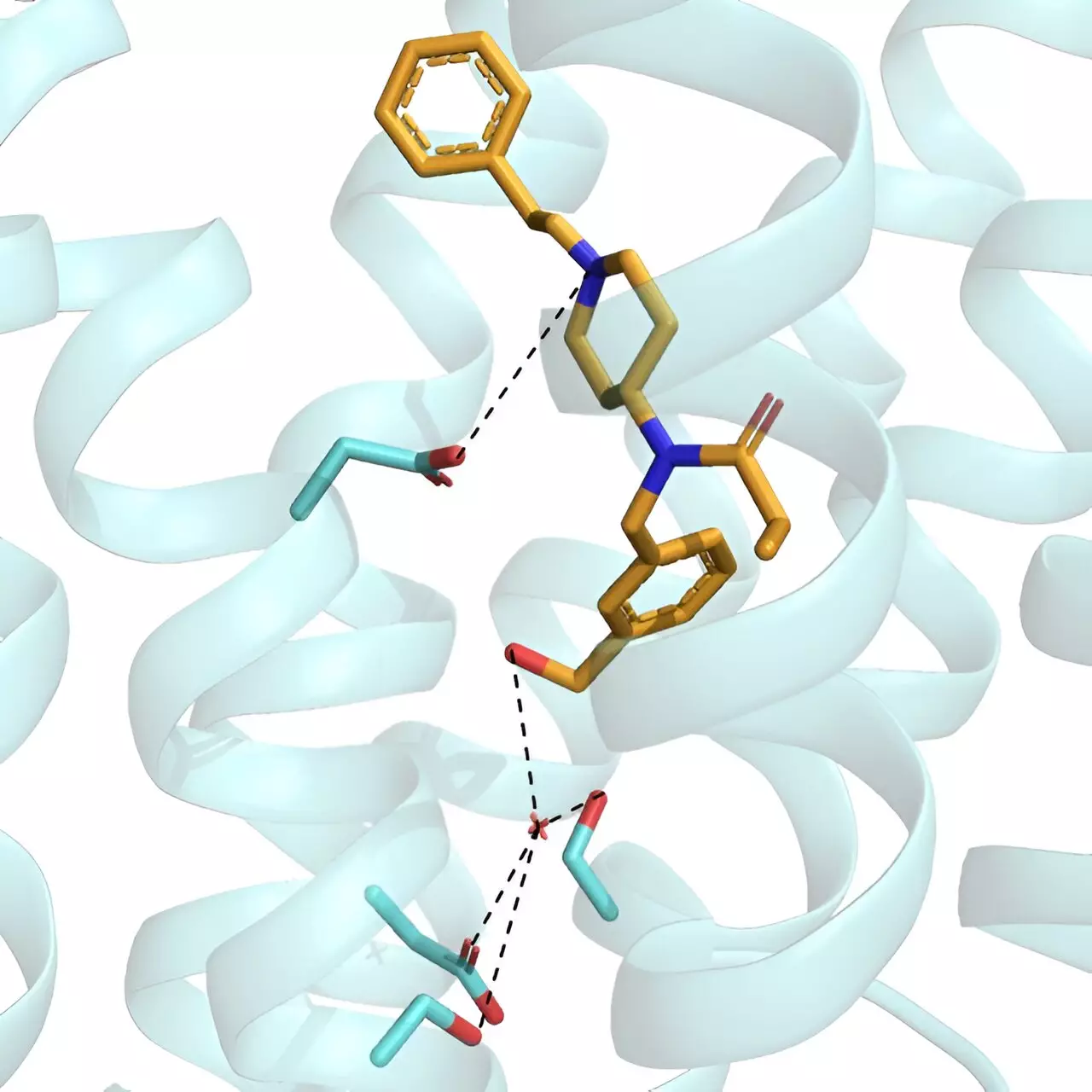Opioids are pivotal in modern medicine, providing indispensable relief for individuals grappling with chronic pain. However, these powerful medications are fraught with peril. They can rapidly lead to addiction, endure physically taxing withdrawal symptoms, and often culminate in fatal overdoses. The irony lies in their purpose: while they are intended to alleviate suffering, they frequently exacerbate it in unintended ways. Recognizing this dichotomy, researchers are relentlessly pursuing a paradigm shift in opioid development. Their aim is to craft formulations that preserve the pain-relieving benefits of the drug while mitigating the harmful side effects that plague current options.
Uncovering a New Strategy
Recent advancements in drug discovery have sparked optimism in the scientific community. A noteworthy study published in ACS Central Science has unveiled an innovative method for designing safer opioids by targeting unconventional receptor sites. This is a significant departure from traditional approaches that focus solely on the active site of opioid receptors—a critical juncture where pain-relieving signals from the body naturally bind. Researchers have turned their attention to a novel molecule, C6 guano, which intriguingly interacts with a location inside the receptor responsive to sodium ions. Its potential is apparent, yet it is not without its flaws; foremost among them is its inability to cross the blood-brain barrier, leaving many questions about its efficacy in clinical applications.
The Search for a Viable Alternative
In the quest for a safer alternative, a research team led by Susruta Majumdar, Jay McLaughlin, Haoqing Wang, and Ruth Huttenhain embarked on an ambitious project to synthesize and analyze various compounds capable of breaching the blood-brain barrier. Through painstaking trial and error, they evaluated ten distinctive compounds, ultimately homing in on one promising candidate: RO76, a derivative of fentanyl. This molecule marked an important milestone, as it exhibited the ability to interact with opioid receptors while also managing to produce a remarkably different signaling effect compared to traditional opioids like morphine.
Pain Management without the Perils
Animal testing has been a pivotal aspect of this research. Initial examinations revealed that RO76 could suppress pain with similar efficacy to morphine. However, the most groundbreaking discovery was its significantly reduced impact on respiratory function. Traditional opioids are notorious for inducing shallow and slow breathing, often leading to life-threatening situations. In contrast, RO76 demonstrated a considerably milder effect on breathing rates in testing scenarios. This striking difference sheds light on its potential as a safer option for patients who are often firewalled into a dangerous cycle of pain management and respiratory failure.
Withdrawal Symptoms: A Dramatic Shift
An additional triumph of RO76 lies in its performance in withdrawal symptom management. The research team found that mice regularly administered RO76 exhibited fewer discomforting withdrawal signs compared to their morphine counterparts when treated with opioid-blocking medication. This finding is monumental, as the distressing symptoms tied to opioid cessation—muscle pain, nausea, and gastrointestinal disturbances—can dissuade patients from seeking necessary treatments. RO76 presents an avenue of exploration that could redefine the patient experience in opioid therapy.
Oral Administration: A Game Changer for Pain Relief
What further positions RO76 as a leading contender in the future of pain management is its ability to be effective when taken orally, rather than solely through injections. This characteristic not only increases the compound’s versatility but also makes it potentially more palatable for patients seeking manageable, everyday pain relief. The prospect of an oral medication that delivers similar, if not superior, pain-control effects opens new doors for patient care logistics, ensuring accessibility and convenience.
As we stand on the precipice of a potential revolution in opioid therapy, the implications of these findings extend beyond the laboratory. They promise a future where pain relief does not come with a laundry list of dire side effects or the chains of addiction, allowing patients to reclaim their lives from the grasp of chronic pain without the fear of undue repercussions.

